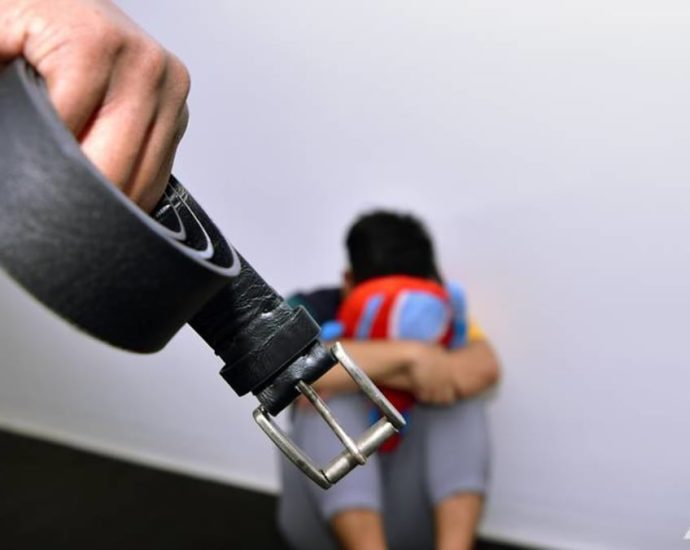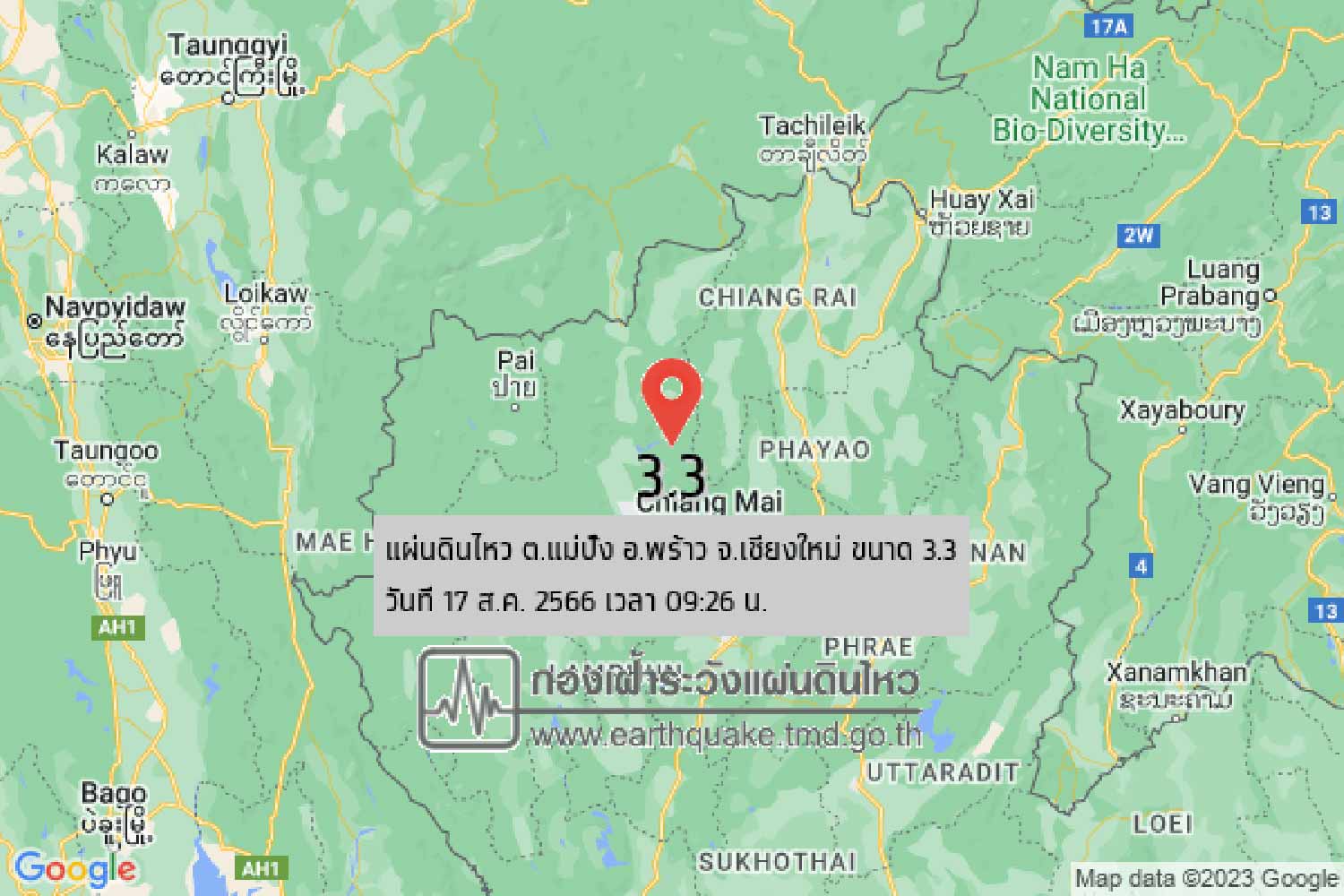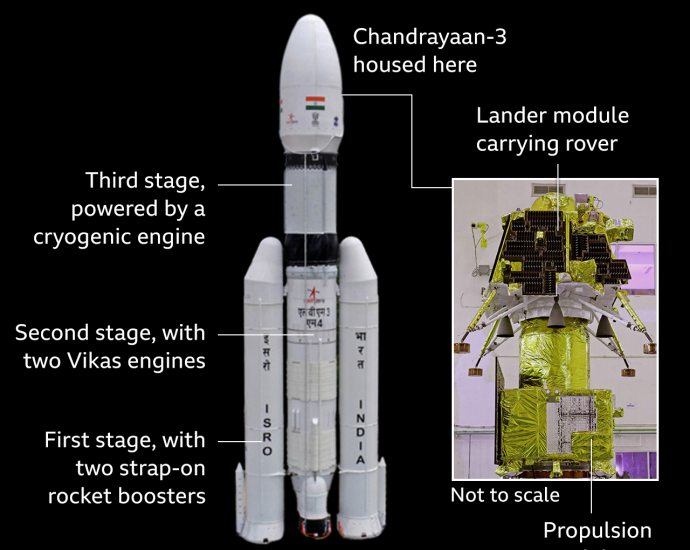Rolls-Royce seized as part of scam crackdown
Myanmar woman arrested and other assets seized during 29 raids by cyber police
PUBLISHED : 17 Aug 2023 at 15:28

Police say they have seized a Rolls-Royce as part of a crackdown on online scams and cryptocurrency fraud during raids on 29 locations in Bangkok and two other provinces.
A woman from Myanmar was also arrested for fraud and money laundering and her assets seized as part of the operation.
Police from the Cyber Crime Investigation Bureau (CCIB) raided the 29 venues in Bangkok, Pathum Thani and Chon Buri provinces at around 6am on Thursday.
In Bangkok, the team searched three locations, including a room at a luxury condominium in the Asok-Rama IX area. There they arrested Moe Moe Aye, 24, a Myanmar national, on charges of colluding in fraud, inputting false information into a computer system, laundering money and related offences.
Seized from the room were 4.4 million baht in cash, 17 bank passbooks and 16 ATM cards. The raids on the two other premises in the capital found nothing illegal. The venues had been linked to a phone scam gang in which a member posed as a police chief in Tak province to dupe victims into transferring money.
In Chon Buri, a Rolls-Royce worth about 36 million baht was seized at one location, said a police source.

Cyber Crime Investigation Bureau (CCIB) police examine seized evidence at a condominium in Bangkok, one of 29 locations they raided on Thursday. (Capture from TV)






















